8 Biopics That Took Creative Liberties With Their Subjects
While these biopics may have taken some creative liberties and strayed from the true story, the movies were better off for it.
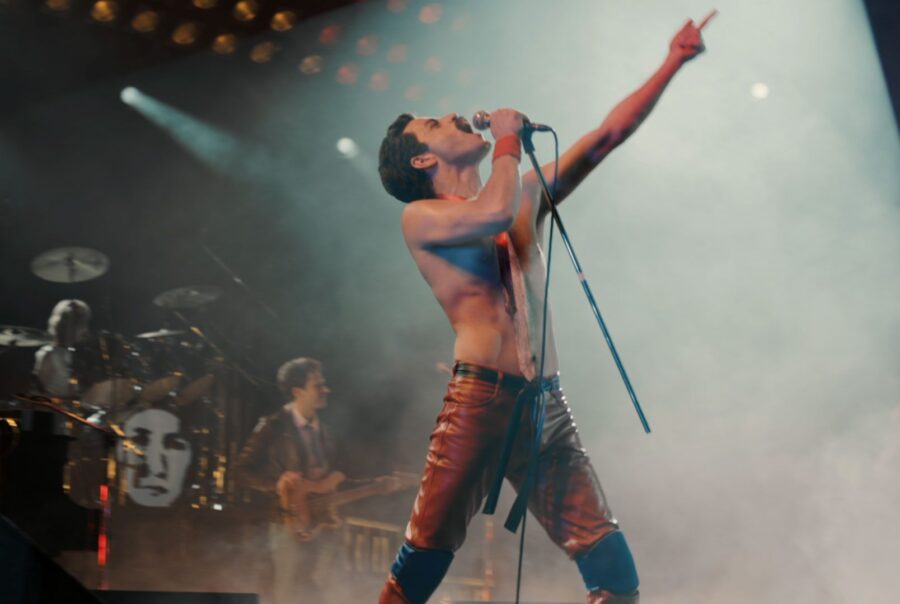
Unfortunately, life isn’t like the movies, even when something really awesome or inspiring happens. So, when filmmakers decide to turn incredible people’s stories into movies, they have to perform a little Hollywood magic to make sure that these biopics are entertaining enough for audiences to sit through an entire hour-and-a-half to two-hour feature. Here are eight biopics that, even as fantastic as the true stories were, took creative liberties with their subjects to turn real-life events into even better movies.
8. A Beautiful Mind (2001)
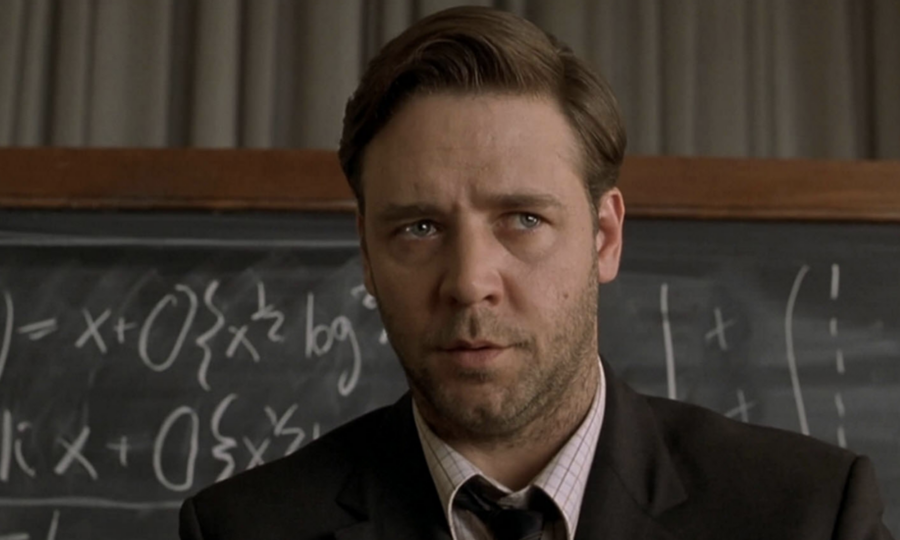
A Beautiful Mind was directed by Ron Howard and features a script by Akiva Goldsman and Sylvia Nasar. The film stars Russell Crowe as mathematician John Nash, a brilliant man with asocial tendencies who develops paranoid schizophrenia. The film took some pretty dramatic creative liberties severing the connection of what is seen on screen to the reality of the events that took place, particularly with Nash’s illness.
The biopic presents Nash’s schizophrenia in an exaggerated way, portraying vivid hallucinations and delusions that were not as pronounced in reality. The portrayal of Nash’s relationship with his wife (played by Jennifer Connelly) is romanticized, whereas their real-life relationship was strained due to his illness. Additionally, controversial aspects of Nash’s life, such as his alleged involvement in government code-breaking, are omitted from the film.
7. The Greatest Showman (2017)
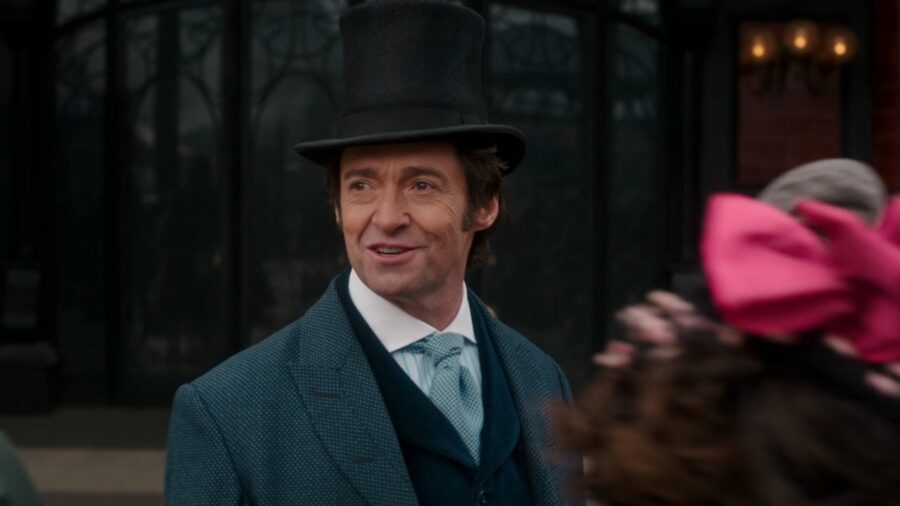
Aside from the fact that we can assume that the real P.T. Barnum and his colleagues didn’t actually break out into random song and dance as the Hugh Jackman-led musical leads us to believe they did, there is also a fair amount of other events depicted in the film that wasn’t based solidly in reality.
The most obvious abandonment of the real story is Jackman’s portrayal of Barnum as a hero. While the film can loosely be called a biopic, director Michael Gracey and writers Jenny Bicks and Bill Condon went to great lengths to turn Barnum into a hero who was a champion for diversity when, in reality, his treatment of the showmen and women was highly controversial, and his main motive for performance was based in creating profit.
6. The Imitation Game (2014)
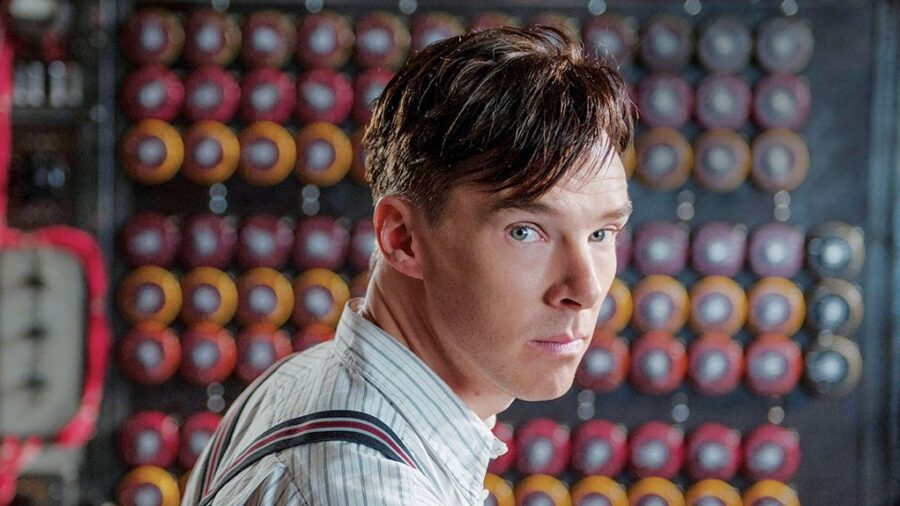
The Imitation Game follows Benedict Cumberbatch as Alan Turing, a closeted gay man during World War II who is a mathematical genius. With the help of a team of intellectuals that he’s put together (including Keira Knightley’s Joan Clarke), Turing aims to crack the German Enigma code. The biopic changes a number of important events in the film in order to simplify and dramatize the moments for the theatrical screen.
One of the biggest changes the film makes is the simplification of solving the code. Not only does The Imitation Game make it seem as though the majority of the work is done by Turing as a central leader figure in the group of mathematicians (when it was a collective effort), but the movie shortens the amount of time it took to solve the code, making it seem as though the team’s breakthrough happened much quicker than it did in real life.
5. Selena (1997)
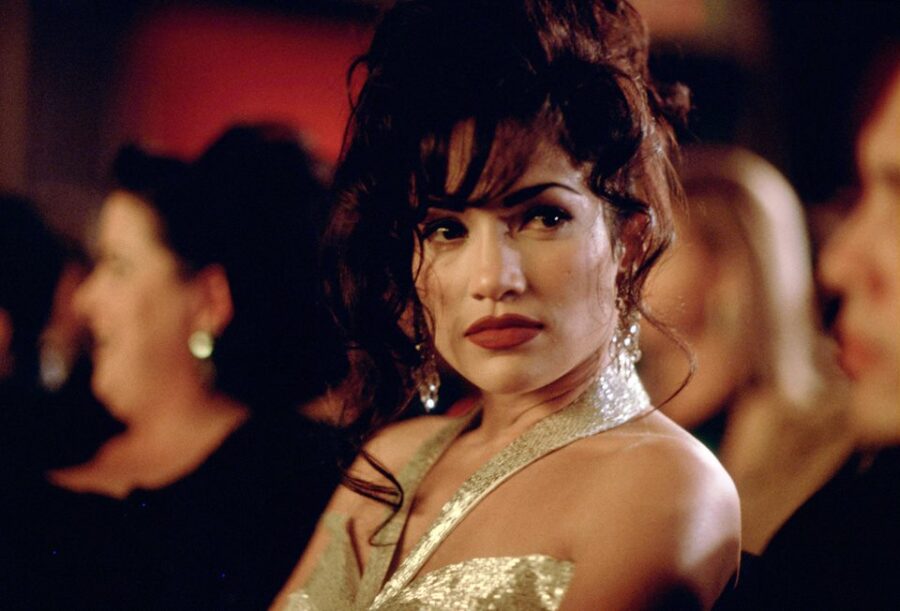
Selena is the biopic about the late singer Selena Quintanilla-Perez, a young Texas-born Tejano singer who rose from nothing and became one of the biggest Latina music stars to ever live. After rocketing to fame, Selena was murdered at the age of 23 by her best friend and employee who ran Selena’s boutiques and was found to be embezzling money.
The film takes many creative liberties by compressing and rearranging the timeline of Selena’s rise to fame, altering family dynamics within her family, and dramatizing her romantic relationship with Chris Perez. The film includes fictionalized performances and career highlights while omitting significant moments and achievements. Additionally, characters and events are fictionalized or combined for storytelling purposes, including the portrayal of Selena’s band and industry professionals.
Despite these deviations, the film pays tribute to Selena’s musical legacy and cultural impact.
4. Erin Brockovich (2000)

Erin Brockovich stars Julia Roberts as the titular character, a single mother who becomes a legal assistant and almost completely independently brings down a power company that is polluting the local water supply.
The biopic takes creative liberties not only by shortening the actual timeline in which the real events took place but also by enhancing Erin Brockovich’s character, making her more outspoken and brash than she is said to be in real life. Additionally, the movie simplifies legal strategies and courtroom scenes, depicts a romantic relationship that did not exist, and presents a streamlined and victorious resolution to the case. Despite these departures from reality, the film captures the essence of Erin Brockovich’s fight for justice against a powerful corporation, emphasizing the importance of perseverance and accountability.
3. The Wolf of Wall Street (2013)
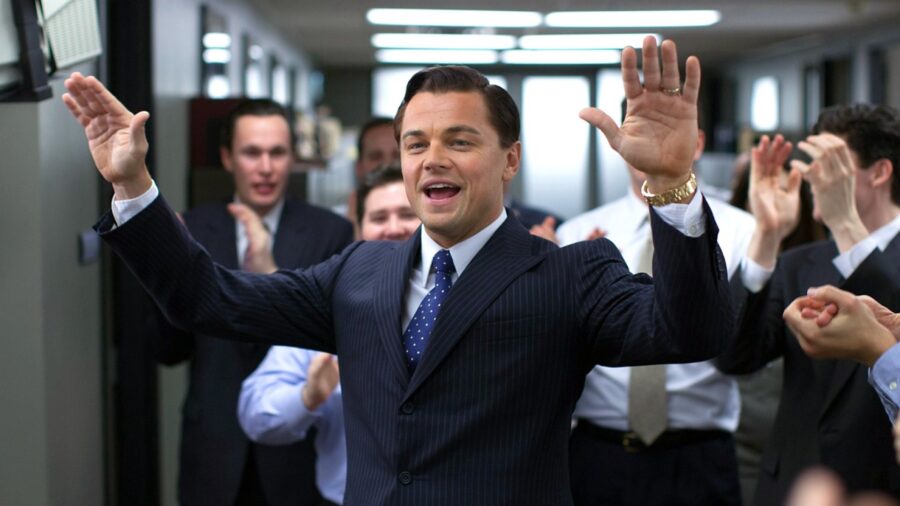
The Wolf of Wall Street was a blockbuster smash, starring Hollywood A-listers Leonardo DiCaprio and Jonah Hill and introducing now Tinseltown sweetheart Margot Robbie in her breakout role. The biopic is loosely based on stockbroker Jordan Belfort and follows his rise to power and wealth and his demise as he gets involved with crime, corruption, and the federal government.
The main differences between the biopic and reality involve the simplicity that the film uses to showcase the financial fraud committed by Belfort and his firm. It portrays the legal consequences in a more sensationalized manner, focusing on the lavish lifestyle and partying rather than the intricacies of the legal proceedings. Additionally, the film portrays Belfort as a charismatic and larger-than-life figure, emphasizing his excessive lifestyle for dramatic effect and turning the man who was a criminal into a hero.
The film ends with a scene showing Belfort as a motivational speaker. While Belfort did become a motivational speaker after his release from prison, the movie presents this as a redemption arc, whereas in reality, opinions on his redemption and the sincerity of his remorse are varied.
2. Bohemian Rhapsody (2018)

Bohemian Rhapsody depicted the life of Freddie Mercury from the time that he met his band members and formed the iconic British rock band, Queen, to when Mercury was diagnosed with HIV/AIDS and performed at the Live Aid benefit. The film was directed by Bryan Singer and starred Rami Malek as the renowned singer. Although it is a biopic, like the rest of the movies on this list, Bohemian Rhapsody rearranged the timeline and sped up certain events in order to make the story more suitable for film.
The main deviance the movie made from reality is seen in the portrayal of Mercury’s relationship with Mary Austin (Lucy Boynton) as the central romantic relationship throughout his entire life when, in reality, Mercury had relationships with other women and men. The film also downplays the dynamics within the band when it came to songwriting as well as misrepresents the way that record executives discussed the titular song with the group.
1. The Social Network (2010)

The Social Network is a biopic about Mark Zuckerberg and how after he founded Facebook, he was sued by two people who claimed he stole their website and by his best friend and co-founder, who he squeezed out of the business. The film was directed by David Fincher and stars Jesse Eisenberg, Andrew Garfield, and Justin Timberlake.
The film presents Mark Zuckerberg as an unsympathetic and socially awkward character driven by ambition and revenge, simplifies the creation of Facebook by emphasizing Zuckerberg as the sole mastermind, and dramatizes the lawsuits and legal disputes surrounding its inception, all of which vary from the actual nuances of the events in real life.












